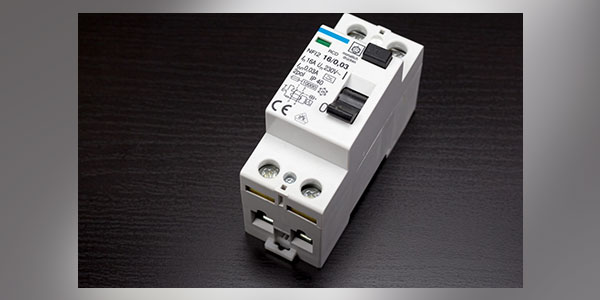Observations from CLCA Beautification Lighting Judge Bruce Dennis
Recently, I had the pleasure of being a residential landscape lighting judge for the California Landscape Contractors Association (CLCA) 61st Annual Beautification Awards. There were 12 competing landscape contractors from the Orange County Chapter who submitted their jobs for various awards. The lighting awards were graded on several factors and separated by the number of fixtures used on the project (under 35, 36-80 and 81 or more fixtures).
The criteria were ranked on the following: Effects- Dramatic, Combined and Special; Installation- Fixture Selection, Proper Use of Beam Spread, Voltage Drop, Mountings, Color Rendition, Controllers and Safety.
The reviews lasted two full nights from 6:30 pm to 12:00 am. The CLCA provided a van, a driver, a navigator and a photographer for two lighting judges. The judges were (myself) Bruce Dennis from Lightcraft Outdoor and David Oborn from FX Luminaire. We reviewed 6 projects per night. At the end of the night the votes were tallied based upon the factors listed above. Interestingly enough, both David and I had very similar comments per project and were mostly in sync on what was good, what could have been better and what could have been considered poor lighting choices.
Positive notes from the two nights: Most of the jobs had good “balance” where the property had good lighting throughout the yard; Most of the jobs had appropriate light levels and were not overly lit and primarily used warm kelvin colors (2700k and 3000k); Most of the jobs hid the cable and the transformers were out of sight; Most of the jobs used brass and high quality materials; Most of the jobs used high quality replace-able/service-able drop in LED lamps; Some of the contractors had well thought out wiring systems (pre wired) where individual, large decorative pots were nicely lit that were sitting on exquisite flooring.
Improvement notes from the two nights: Glare was an issue on most of the projects. This could have easily been resolved with a night review with simple adjustments and location placement; Most of the stairs were under lit. This is a potential hazard; Many of the properties had “voids” of light. This is unpleasant to the eye when viewing at certain perspectives; Many of the “voids” were due to unlit trees that fell on the other side of the property or fence line. It would have looked much better to incorporate the trees and specimens that can be seen as part of a balanced lighting plan, even though they were not directly on the property. Other “voids” were simply due to not enough fixtures; Most of the jobs used up lights, but many did not incorporate enough “small wash lights” for the shrubs and bushes. Wash lights provide soft and great low level light and are ideal for small specimens and short pony walls. Wash lights are also great “fillers” to balance the lighting pallet; The light levels could have been more creative with less wattage (lumens) in front, medium light levels in the middle and more wattage (lumens) in the back of the property.
In conclusion, I was excited to see how lighting has become such an integral part of professional landscape projects. Landscape lighting provides beauty and enhances the overall landscape plan. Lighting also provides safety and security which is incredibly important. The projects that we reviewed all had high levels of owner satisfaction, which in itself is a great success. We all know that “landscape lighting can be more of an “art than a science”. It is critical for the contractor to review the lighting at all stages of the installation, especially at night. Finally, the difference between a good lighting job and a great lighting job can be just a matter of inches (placement, direction and shielding).
For more information please contact bruce@lightcraftoutdoor.com



